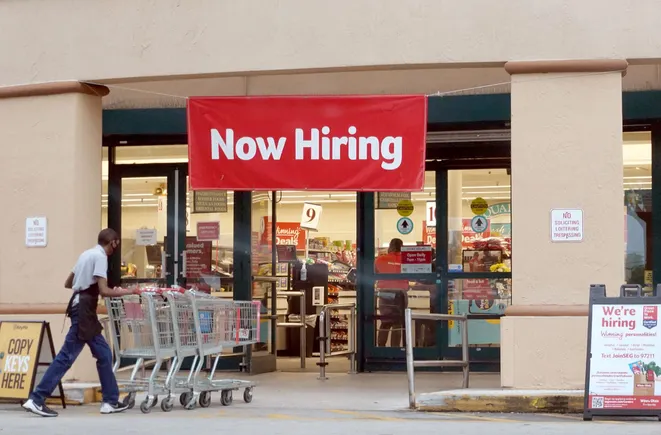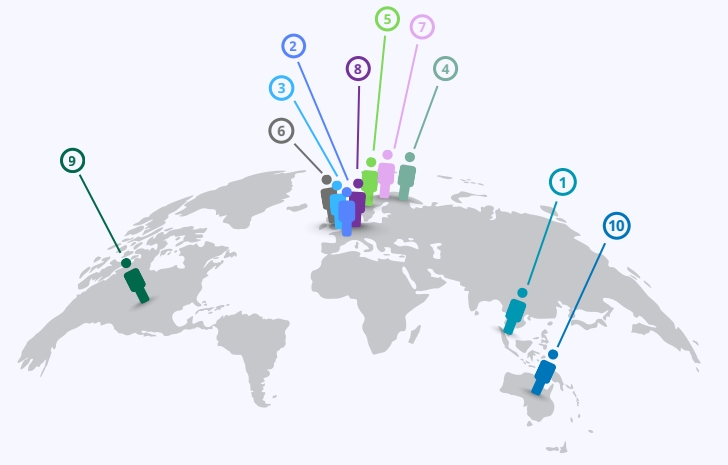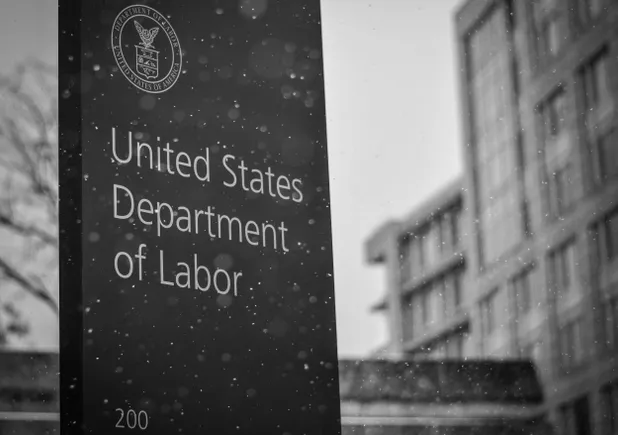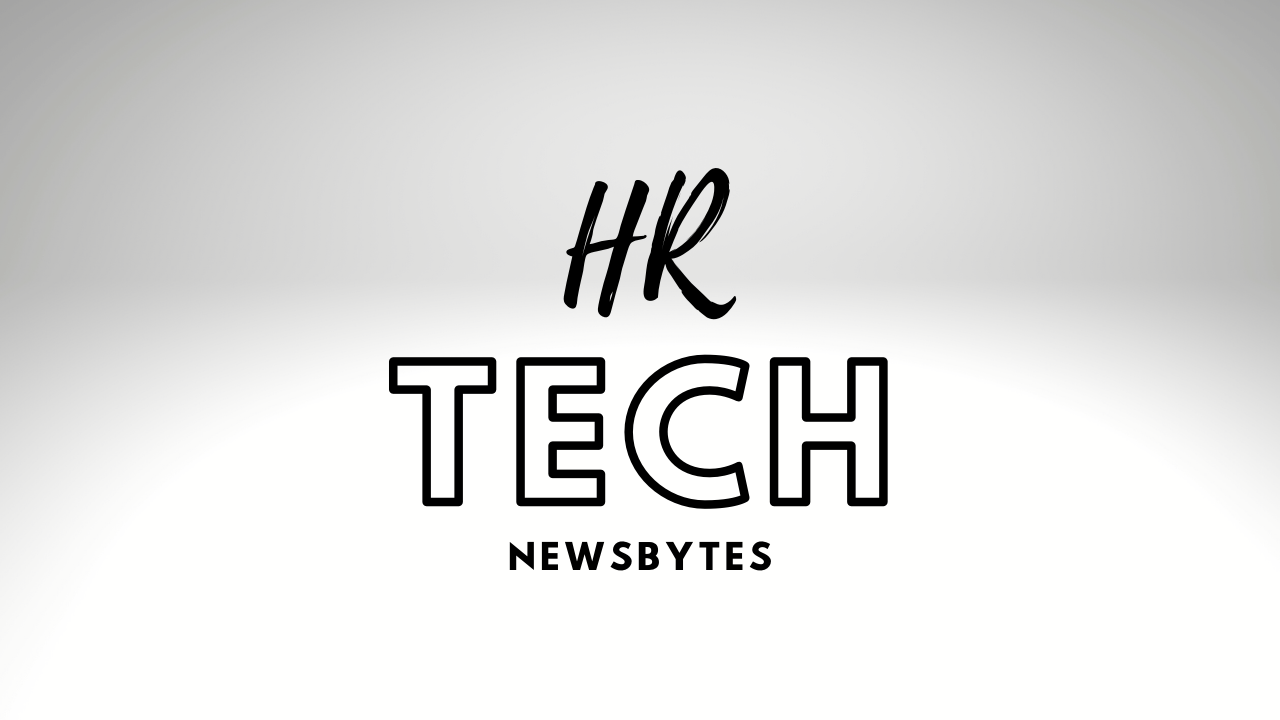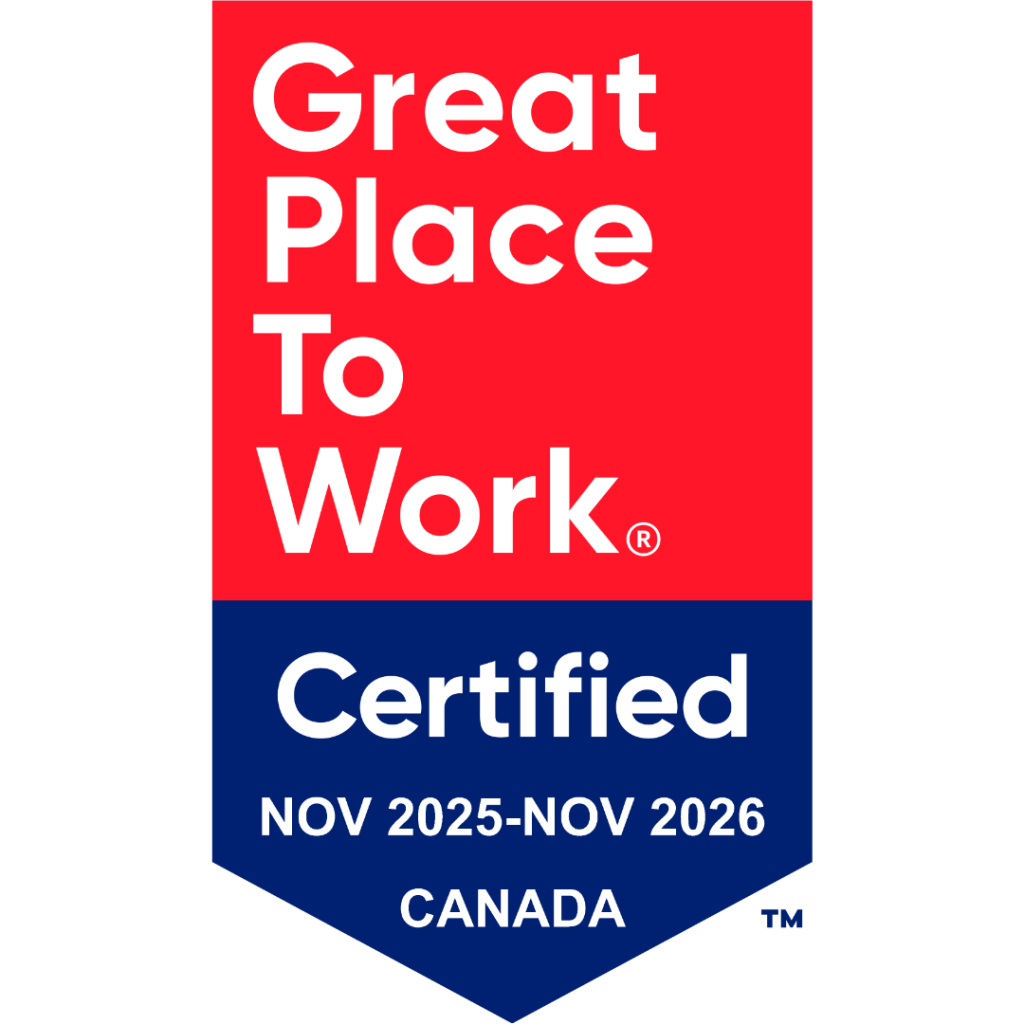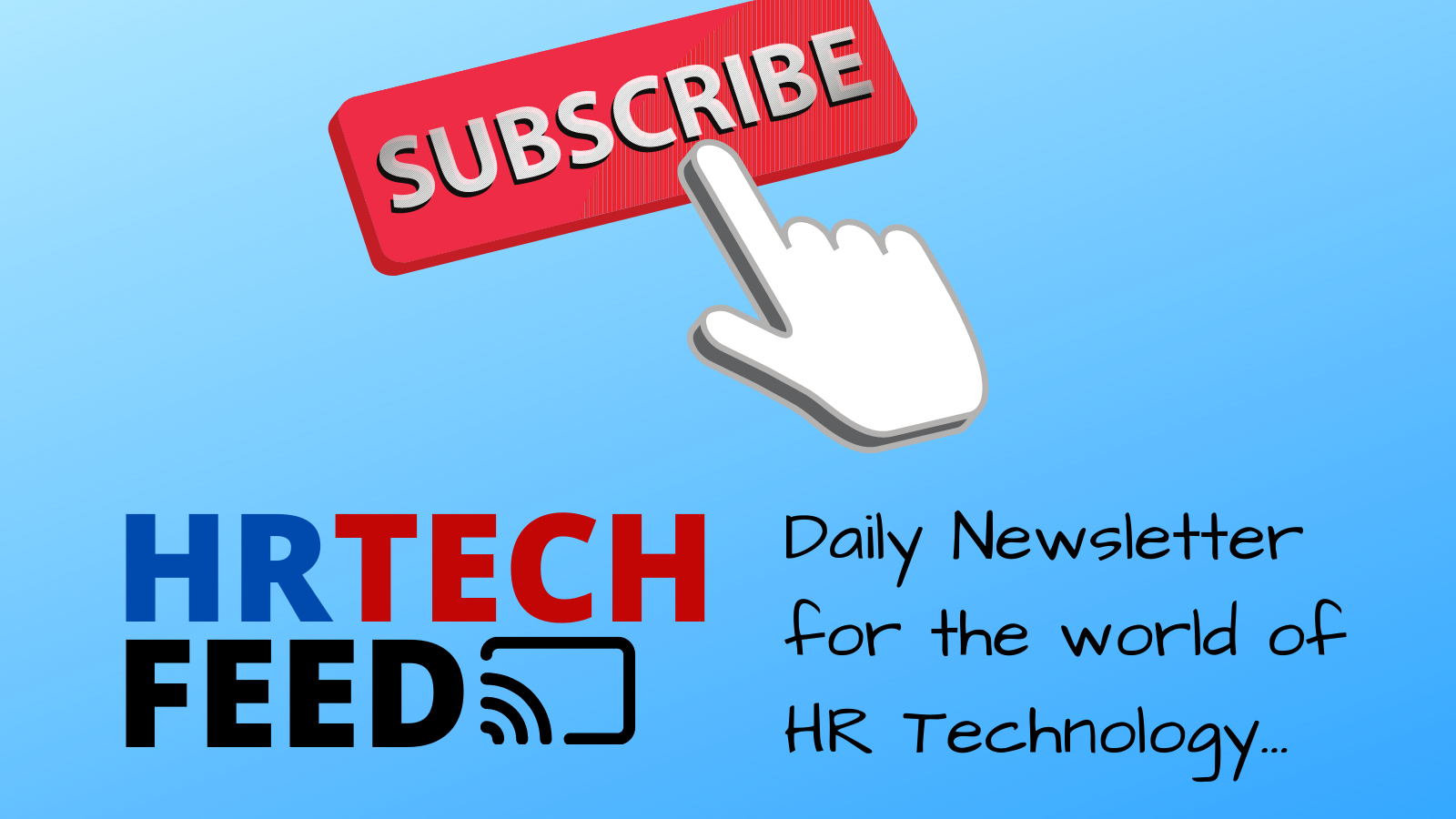The evolution of the CHRO role in the last decade has been remarkable, experts agree, as HR leaders shifted from vying for a seat at the proverbial table to leading a function now considered a key driver of business outcomes. It was a transformation accelerated by the pandemic and continuing to shift with the influence of emerging technologies. For a leading nonprofit serving the CHRO community, this evolution ran parallel to the organization’s own transformation, which is now entering a new era.
The Washington, D.C.-based HR Policy Association announced this week that it has rebranded to the CHRO Association.
“Just as the role of the CHRO has evolved, the association got to a point where its name didn’t fully represent who we are and the role we play,” says Timothy Richmond, chair of the board of directors at the CHRO Association and former CHRO of AbbVie. “It became time to call ourselves what we are.”
A shifting environment for CHROs
The organization was founded in 1968 as the Labor Policy Association and had been known as HRPA since 2003, a shift that broadened its focus from public policy around labor relations issues to include healthcare and executive compensation, among other areas.
Today, it has more than 400 member companies that employ 20 million people worldwide, including 9% of U.S.-based private-sector employees.
The organization has always gone “where our members want us to go,” says Timothy Bartl, president and CEO of the association and founder of its Center on Executive Compensation. Given the expansion of the CHRO role in recent years and the elevation of its strategic contribution, the direction of the association needed to follow suit.

“We want to embrace this moment,” Bartl says, “and the new role of the chief HR officer in the business ecosystem. We knew that we could better serve our members by elevating the brand differently.”
Removing the “policy” language from its name doesn’t mean the organization is losing its public policy focus, he notes—reinforced by the new tagline: “where policy meets practice.” Instead, the association is placing “greater focus” on the breadth of the CHRO’s responsibilities and the influence of public policy on them. This expanded purview includes developing the leadership pipeline and CEO succession, securing a skilled workforce of the future and, importantly, navigating the impact of technology integration.
“Obviously, AI is going to be front and center for us,” Bartl says.
3 pillars for supporting CHROs in the AI age
Central to that effort is the recent creation of the Center on Workplace AI, chaired by Nickle LaMoreaux, CHRO Association vice chair and CHRO of IBM.
In engaging with association members about how the organization can support them, LaMoreaux says, it was “loud and clear” that they are craving direction to help navigate the complexities of AI integration.
In particular, the CHRO Association recognized needs across several layers, which she says the organization is now prepared to address with the Center on Workplace AI. These are:
Information-sharing
Members, particularly those not “inherently technical,” are eager to be kept updated on AI advances to establish a “base-level understanding” of the tech and its potential.
AI policy
The association will look to its historical roots to “stay grounded” in public policy around AI—from local and state-level regulations to federal and global developments.
Practice
As CHROs increasingly helm AI rollouts, the association plans to keep them keyed in to evolutions in potential use cases, standards for governance, and changing implications for workplaces, LaMoreaux says.

As AI integration becomes an increasing cornerstone of the CHRO role, the Center on Workplace AI will deliver up-to-date information—key to demonstrating leadership in a rapidly changing environment, LaMoreaux says—through newsletters, webinars, informational sessions and other “omnichannel” strategies.
“It will be a place where CHROs can quickly get very timely information,” she says. When a fellow executive mentions a new piece of technology in a leadership meeting, for instance, LaMoreaux suggests, CHROs have the Center to consult for information, vendor suggestions and “up-to-the-minute” information.
“What’s also really important is the idea of sharing best practices,” she adds. “In this age of AI, there is not one practice that is true for all companies, but we need a place to share all of our practices so we can all learn from one another.”
Supporting CHROs in a ‘dynamic’ environment
As the association embarks on its latest chapter, the voices of CHROs will remain critical in its development, Bartl says. The organization will continue to drive a “virtuous cycle”—serving as a conduit between HR leaders and policymakers and other sources of influence.
“CHROs understand we’re there for them, to take in their concerns and needs, and to advocate and communicate to—and back from—external stakeholders, based on what we’re hearing from them,” he says.
To that end, the association shared its rebrand with members in late July, receiving a widely positive response, Bartl says.
In one way, LaMoreaux adds, the CHRO Association identity is “nothing new: It’s what the HR Policy Association had evolved to; we’re calling ourselves what we had become.” Yet, HR is at a moment where the association wants to be more intentional about centering CHROs’ voices and representing the totality of the HR experience.
The job is “very dynamic” and quickly changing, she says, heightening the need for strategic guidance from an organization like the CHRO Association.

“The expectations have never been higher,” adds Richmond, “for the role CHROs play with boards, the CEO, executive teams, the workforce.” HR is a critical business function—responsible for key performance drivers like engagement, productivity and leadership quality—and expectations will continue to grow. In the coming years, the CHRO Association will rise to those, he says, enabling membership to explore “how to grow the profession, how to enhance their voice and how to set the bar for what great HR looks like.”
“The most important thing now,” adds Bartl, “is that we’re looking at all of these issues through the lens of the CHRO.”
The post Exclusive: Introducing the CHRO Association, the new HR Policy Association appeared first on HR Executive.






